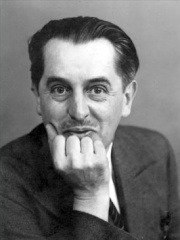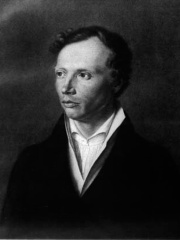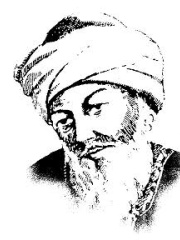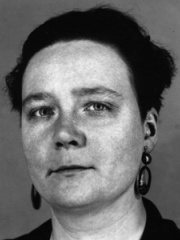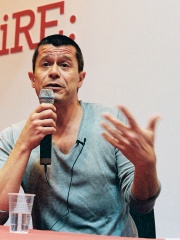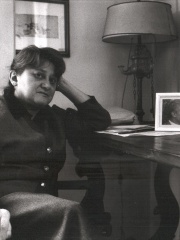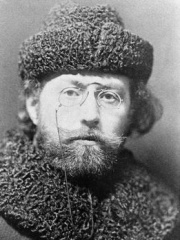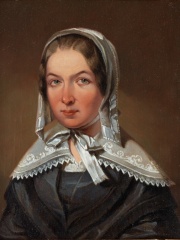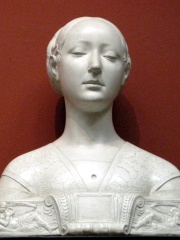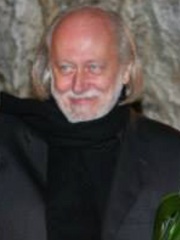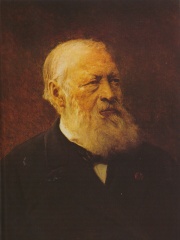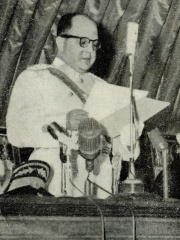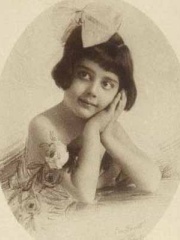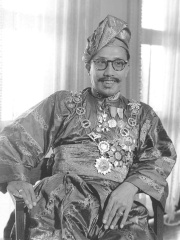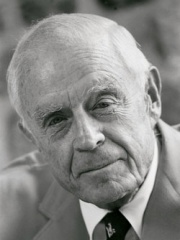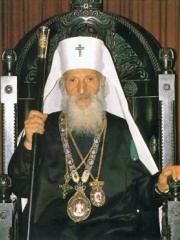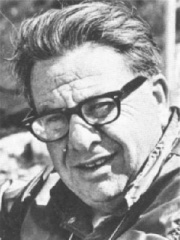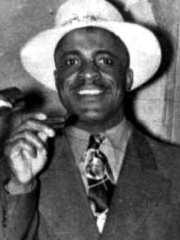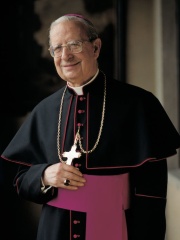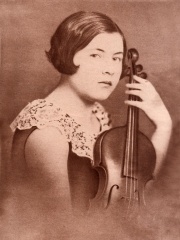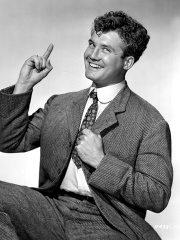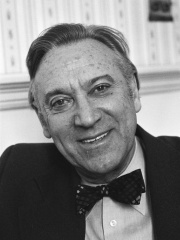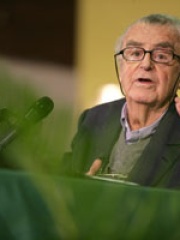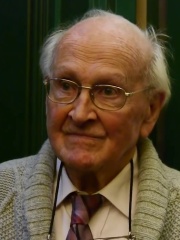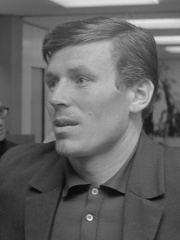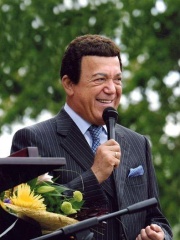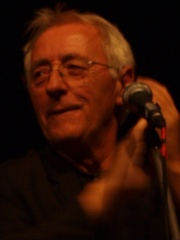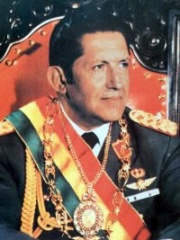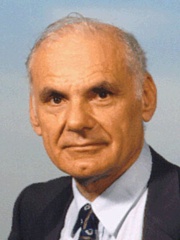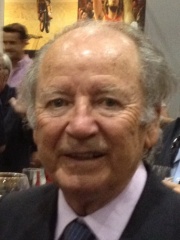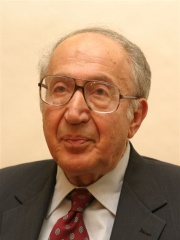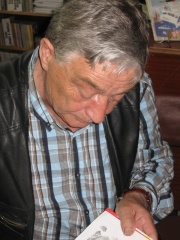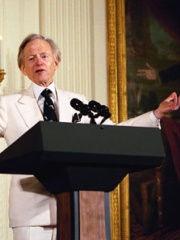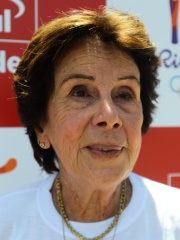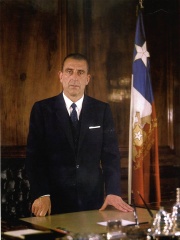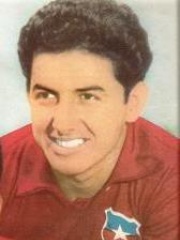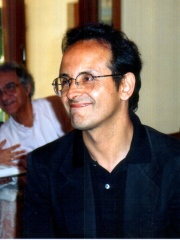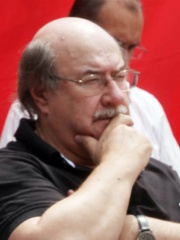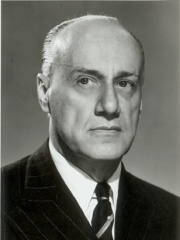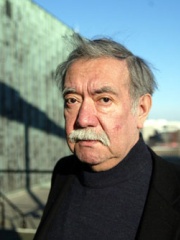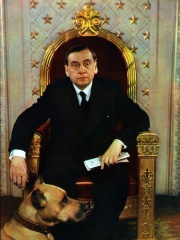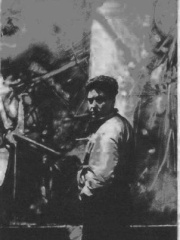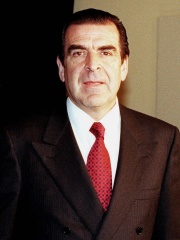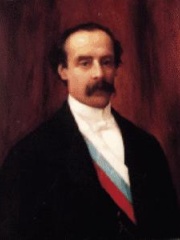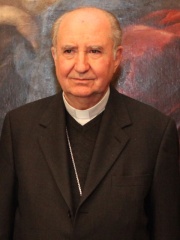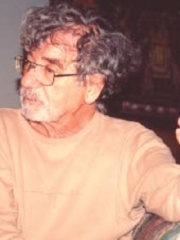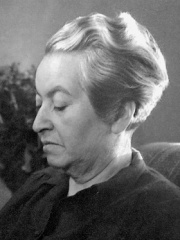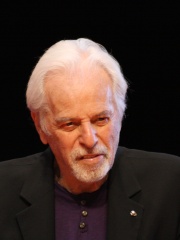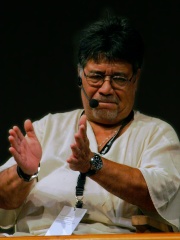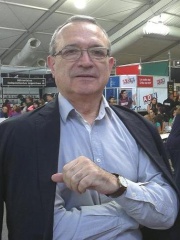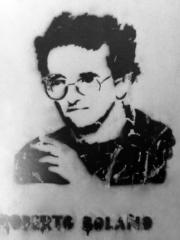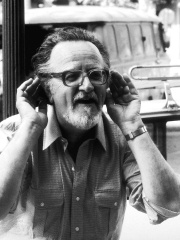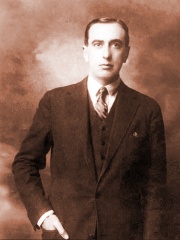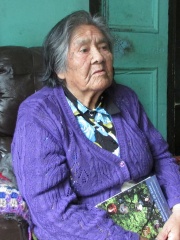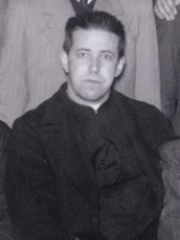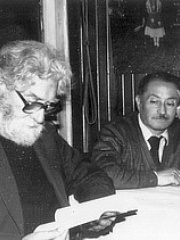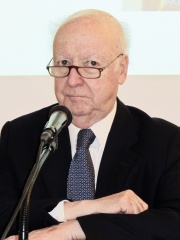WRITER
Nicanor Parra
1914 - 2018
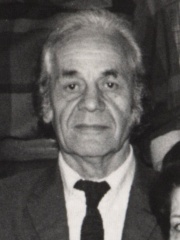
 Nicanor Parra
Nicanor Parra
Nicanor Segundo Parra Sandoval (5 September 1914 – 23 January 2018) was a Chilean physicist and poet. He has been considered one of the most influential Spanish-language Chilean poets of the 20th century. Parra described himself as an "anti-poet" on account of his distaste for poetry's pompous pretences. Read more on Wikipedia
His biography is available in 39 different languages on Wikipedia (up from 37 in 2024). Nicanor Parra is the 1,944th most popular writer (down from 1,916th in 2024), the 30th most popular biography from Chile (up from 34th in 2019) and the 8th most popular Chilean Writer.
Memorability Metrics
Page views of Nicanor Parra by language
Among WRITERS
Among writers, Nicanor Parra ranks 1,944 out of 7,302. Before him are Eustache Deschamps, Jean Paulhan, Ludwig Uhland, Sanai, Dorothy L. Sayers, and Emmanuel Carrère. After him are Laura Mancinelli, Mikhail Artsybashev, Fredrika Bremer, Ippolita Maria Sforza, László Krasznahorkai, and Hendrik Conscience.
Most Popular Writers in Wikipedia
Go to all RankingsEustache Deschamps
1346 - 1406
HPI: 63.41
Rank: 1,938
Jean Paulhan
1884 - 1968
HPI: 63.41
Rank: 1,939
Ludwig Uhland
1787 - 1862
HPI: 63.41
Rank: 1,940
Sanai
1080 - 1131
HPI: 63.41
Rank: 1,941
Dorothy L. Sayers
1893 - 1957
HPI: 63.41
Rank: 1,942
Emmanuel Carrère
1957 - Present
HPI: 63.41
Rank: 1,943
Nicanor Parra
1914 - 2018
HPI: 63.41
Rank: 1,944
Laura Mancinelli
1933 - 2016
HPI: 63.40
Rank: 1,945
Mikhail Artsybashev
1878 - 1927
HPI: 63.40
Rank: 1,946
Fredrika Bremer
1801 - 1865
HPI: 63.39
Rank: 1,947
Ippolita Maria Sforza
1446 - 1484
HPI: 63.39
Rank: 1,948
László Krasznahorkai
1954 - Present
HPI: 63.39
Rank: 1,949
Hendrik Conscience
1812 - 1883
HPI: 63.38
Rank: 1,950
Contemporaries
Among people born in 1914, Nicanor Parra ranks 106. Before him are Marcos Pérez Jiménez, Princess Maria Francesca of Savoy, Omar Ali Saifuddien III, Thomas Watson Jr., Pavle, Serbian Patriarch, and Martin Ritt. After him are Sonny Boy Williamson I, Álvaro del Portillo, Annie Fischer, George Reeves, Kirill Kondrashin, and Jean-Pierre Vernant. Among people deceased in 2018, Nicanor Parra ranks 118. Before him are Paul Virilio, Robert Faurisson, Jozef Adamec, Joseph Kobzon, Oliver Dragojević, and Luis García Meza. After him are Lawrence Roberts, Josep Lluís Núñez, Richard Pipes, Eduard Uspensky, Tom Wolfe, and Maria Bueno.
Others Born in 1914
Go to all RankingsMarcos Pérez Jiménez
POLITICIAN
1914 - 2001
HPI: 63.77
Rank: 100
Princess Maria Francesca of Savoy
NOBLEMAN
1914 - 2001
HPI: 63.69
Rank: 101
Omar Ali Saifuddien III
POLITICIAN
1914 - 1986
HPI: 63.67
Rank: 102
Thomas Watson Jr.
POLITICIAN
1914 - 1993
HPI: 63.63
Rank: 103
Pavle, Serbian Patriarch
RELIGIOUS FIGURE
1914 - 2009
HPI: 63.59
Rank: 104
Martin Ritt
FILM DIRECTOR
1914 - 1990
HPI: 63.53
Rank: 105
Nicanor Parra
WRITER
1914 - 2018
HPI: 63.41
Rank: 106
Sonny Boy Williamson I
MUSICIAN
1914 - 1948
HPI: 63.34
Rank: 107
Álvaro del Portillo
ENGINEER
1914 - 1994
HPI: 63.34
Rank: 108
Annie Fischer
MUSICIAN
1914 - 1995
HPI: 63.26
Rank: 109
George Reeves
ACTOR
1914 - 1959
HPI: 63.20
Rank: 110
Kirill Kondrashin
POLITICIAN
1914 - 1981
HPI: 63.15
Rank: 111
Jean-Pierre Vernant
HISTORIAN
1914 - 2007
HPI: 63.13
Rank: 112
Others Deceased in 2018
Go to all RankingsPaul Virilio
PHILOSOPHER
1932 - 2018
HPI: 63.54
Rank: 112
Robert Faurisson
WRITER
1929 - 2018
HPI: 63.52
Rank: 113
Jozef Adamec
COACH
1942 - 2018
HPI: 63.51
Rank: 114
Joseph Kobzon
SINGER
1937 - 2018
HPI: 63.49
Rank: 115
Oliver Dragojević
MUSICIAN
1947 - 2018
HPI: 63.49
Rank: 116
Luis García Meza
POLITICIAN
1929 - 2018
HPI: 63.46
Rank: 117
Nicanor Parra
WRITER
1914 - 2018
HPI: 63.41
Rank: 118
Lawrence Roberts
BUSINESSPERSON
1937 - 2018
HPI: 63.38
Rank: 119
Josep Lluís Núñez
BUSINESSPERSON
1931 - 2018
HPI: 63.33
Rank: 120
Richard Pipes
HISTORIAN
1923 - 2018
HPI: 63.16
Rank: 121
Eduard Uspensky
WRITER
1937 - 2018
HPI: 63.04
Rank: 122
Tom Wolfe
WRITER
1930 - 2018
HPI: 63.02
Rank: 123
Maria Bueno
TENNIS PLAYER
1939 - 2018
HPI: 62.88
Rank: 124
In Chile
Among people born in Chile, Nicanor Parra ranks 30 out of 321. Before him are Eduardo Frei Montalva (1911), Leonel Sánchez (1936), Francisco Varela (1946), Antonio Skármeta (1940), Jorge Alessandri (1896), and Raúl Ruiz (1941). After him are Arturo Alessandri (1868), Roberto Matta (1911), Eduardo Frei Ruiz-Tagle (1942), José Manuel Balmaceda (1840), Francisco Javier Errázuriz Ossa (1933), and Humberto Maturana (1928).
Others born in Chile
Go to all RankingsEduardo Frei Montalva
POLITICIAN
1911 - 1982
HPI: 65.97
Rank: 24
Leonel Sánchez
SOCCER PLAYER
1936 - 2022
HPI: 65.75
Rank: 25
Francisco Varela
BIOLOGIST
1946 - 2001
HPI: 64.51
Rank: 26
Antonio Skármeta
WRITER
1940 - 2024
HPI: 64.13
Rank: 27
Jorge Alessandri
POLITICIAN
1896 - 1986
HPI: 63.67
Rank: 28
Raúl Ruiz
FILM DIRECTOR
1941 - 2011
HPI: 63.54
Rank: 29
Nicanor Parra
WRITER
1914 - 2018
HPI: 63.41
Rank: 30
Arturo Alessandri
POLITICIAN
1868 - 1950
HPI: 63.05
Rank: 31
Roberto Matta
PAINTER
1911 - 2002
HPI: 63.04
Rank: 32
Eduardo Frei Ruiz-Tagle
POLITICIAN
1942 - Present
HPI: 62.82
Rank: 33
José Manuel Balmaceda
POLITICIAN
1840 - 1891
HPI: 62.75
Rank: 34
Francisco Javier Errázuriz Ossa
RELIGIOUS FIGURE
1933 - Present
HPI: 62.69
Rank: 35
Humberto Maturana
BIOLOGIST
1928 - 2021
HPI: 62.68
Rank: 36
Among WRITERS In Chile
Among writers born in Chile, Nicanor Parra ranks 8. Before him are Gabriela Mistral (1889), Alejandro Jodorowsky (1929), Luis Sepúlveda (1949), Sergio Badilla Castillo (1947), Roberto Bolaño (1953), and Antonio Skármeta (1940). After him are José Donoso (1924), Vicente Huidobro (1893), Cristina Calderón (1928), Alberto Hurtado (1901), Francisco Coloane (1910), and Jorge Edwards (1931).
Gabriela Mistral
1889 - 1957
HPI: 73.30
Rank: 2
Alejandro Jodorowsky
1929 - Present
HPI: 73.28
Rank: 3
Luis Sepúlveda
1949 - 2020
HPI: 69.20
Rank: 4
Sergio Badilla Castillo
1947 - Present
HPI: 67.95
Rank: 5
Roberto Bolaño
1953 - 2003
HPI: 67.50
Rank: 6
Antonio Skármeta
1940 - 2024
HPI: 64.13
Rank: 7
Nicanor Parra
1914 - 2018
HPI: 63.41
Rank: 8
José Donoso
1924 - 1996
HPI: 60.87
Rank: 9
Vicente Huidobro
1893 - 1948
HPI: 59.90
Rank: 10
Cristina Calderón
1928 - 2022
HPI: 59.81
Rank: 11
Alberto Hurtado
1901 - 1952
HPI: 58.91
Rank: 12
Francisco Coloane
1910 - 2002
HPI: 58.65
Rank: 13
Jorge Edwards
1931 - 2023
HPI: 57.46
Rank: 14

